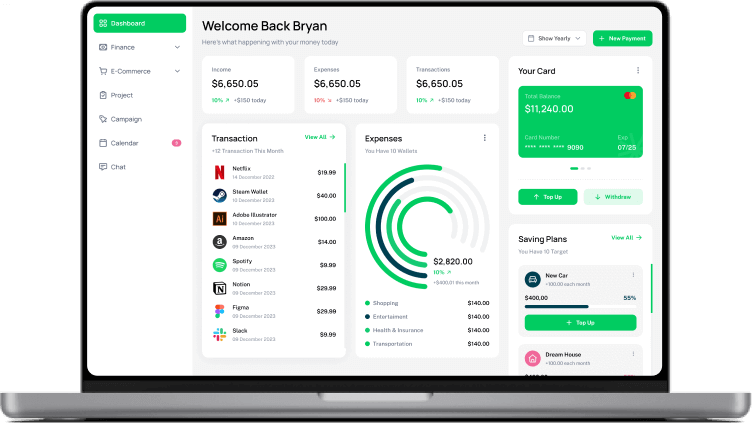Pay Mix
Definition: Pay Mix is the proportion of base pay to variable in a sales compensation package. This mix determines the percentage of a salesperson’s total compensation that is fixed and what percentage is variable, in the form of commissions and bonuses based on performance. Pay Mix is a crucial factor in designing sales compensation plans that balance risk and reward.
Detailed Explanation
Pay Mix is the percentage split between base salary and variable pay. For example, a 70/30 pay mix indicates that 70% of the On-Target Earnings (OTE) are guaranteed through a base salary, and 30% of OTE is variable, contingent on achieving sales targets. This mix impacts salesperson behavior, motivation, and the overall structure of sales compensation.
Several factors influence the selection of an appropriate Pay Mix, including:
- Job Role: More strategic roles with longer sales cycles typically have a higher base salary component.
- Market Standards: Pay Mix must be competitive according to industry benchmarks and competitive practices.
- Risk Tolerance: Individual risk tolerance and the need for income stability can influence the preference for a higher base salary.
- Sales Cycle: Shorter sales cycles with more frequent transactions often have a higher variable component to drive aggressive selling.
Importance in the Sales Process
- Recruitment and Retention: A balanced Pay Mix is essential for attracting and retaining top sales talent by offering a competitive and motivating compensation package.
- Motivation: The variable portion of Pay Mix is a motivational tool for salespeople to achieve and exceed their sales targets.
- Financial Planning: Helps sales professionals and the company make better financial plans through predictable income components and performance-based earnings.
- Alignment with Business Goals: Encourages behaviors aligned with the company’s strategic objectives by rewarding sales activities that contribute to business growth.
Real-World Example
For instance, a tech company might offer a sales role a Pay Mix of 60/40, where 60% is the base salary and 40% is the potential commission. If the OTE is $100,000, the salesperson would have a base salary of $60,000 and could earn $40,000 more if they hit 100% of their sales targets. This structure encourages the salesperson to pursue larger deals and new clients to maximize their earnings from the commission.
In another scenario, a pharmaceutical sales representative might have a Pay Mix of 80/20 due to the complex nature of the products and the longer nurturing period required with healthcare professionals. Here, a higher base salary compensates for the need for deep industry knowledge and relationship management, while the 20% commission rewards actual sales achievements.

